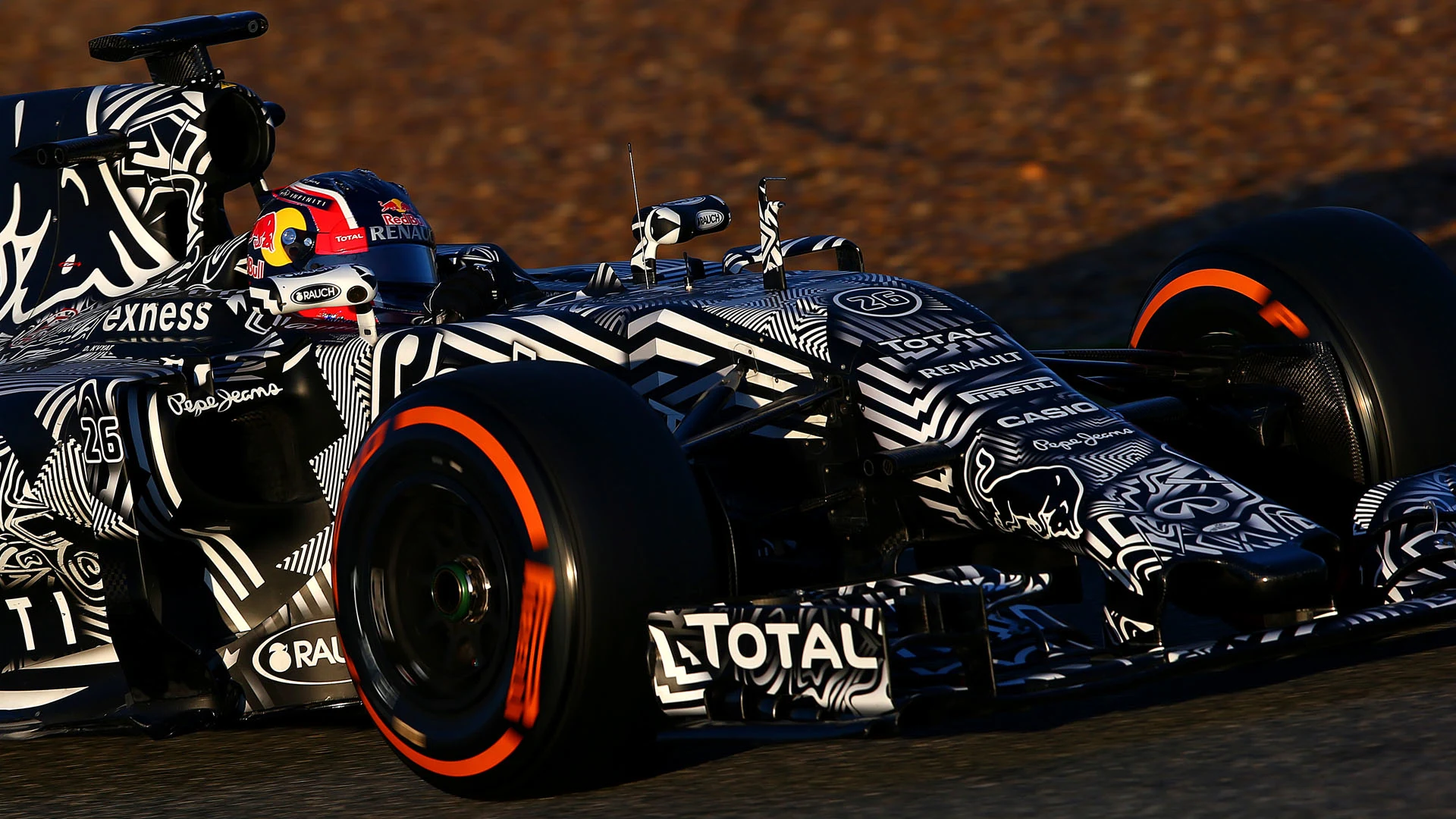“All warfare is based on deception,” wrote Sun Tzu in his famous military strategy treatise, The Art of War – and what is Formula 1 if not the ultimate sporting war, with warrior-like drivers backed by armies of people whose one goal is the crushing defeat of the opposition.
Pre-season testing is the first chance each year for battle to commence, with teams using all sorts of tricks over the years to outsmart one another and gain a psychological advantage ahead of the first race.
READ MORE: Everything you need to know about 2020 F1 pre-season testing
But what are those tricks? To find out, we’ve enlisted our resident poacher-turned-gamekeeper Pat Symonds, Chief Technical Officer of F1's Motorsports Division, to help us delve into the devious world of F1’s cleverest testing deceptions.
1. Glory running
Glory running is perhaps the oldest trick in the book, but it’s proven to be an effective ruse for fooling sponsors – which is usually the point of the exercise...
Basically, while everyone’s pounding around the test circuit at a reasonable pace, your glory running team will put a tiny amount of fuel into their car, send it out and try to set a lap time that sets tongues wagging – and sponsors reaching for their chequebooks.
You’d think a team had really improved – and then you’d get to race one and they’d be back to where you'd expect them to be!
“There's no doubt,” says Symonds, “that particularly in the pre-hybrid days, when it was possible to make a car that was well under the weight limit and then add ballast, there were definitely people in testing doing that, sponsor-hunting.
“There were many instances where, in the perceived pecking order in testing, someone was standing out and you’d think, ‘Wow, they really have improved’ – and then you’d get to race one and they’d be back to where you'd expect them to be!”
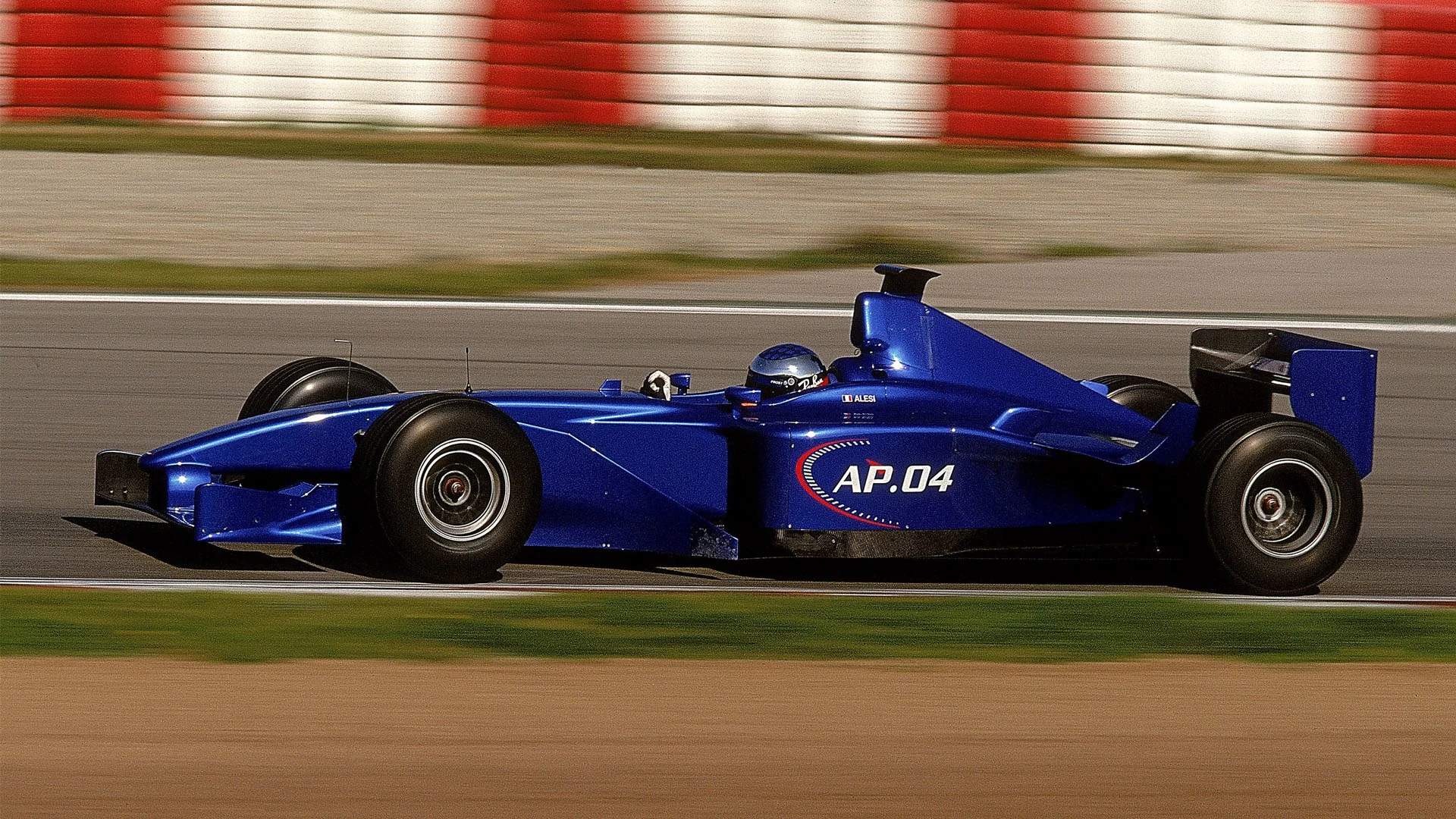
The Prost team’s 2001 testing exploits are perhaps the most renowned example of glory running, with Jean Alesi setting some lightning quick times in the Ferrari-engined AP04, only to arrive in Melbourne and qualify some three seconds adrift of Michael Schumacher’s works Ferrari…
Another famous example was Eddie Jordan’s first F1 effort, the beautiful 191, which went like a rocket in winter testing, before the cars then dropped back when it was time to go racing.
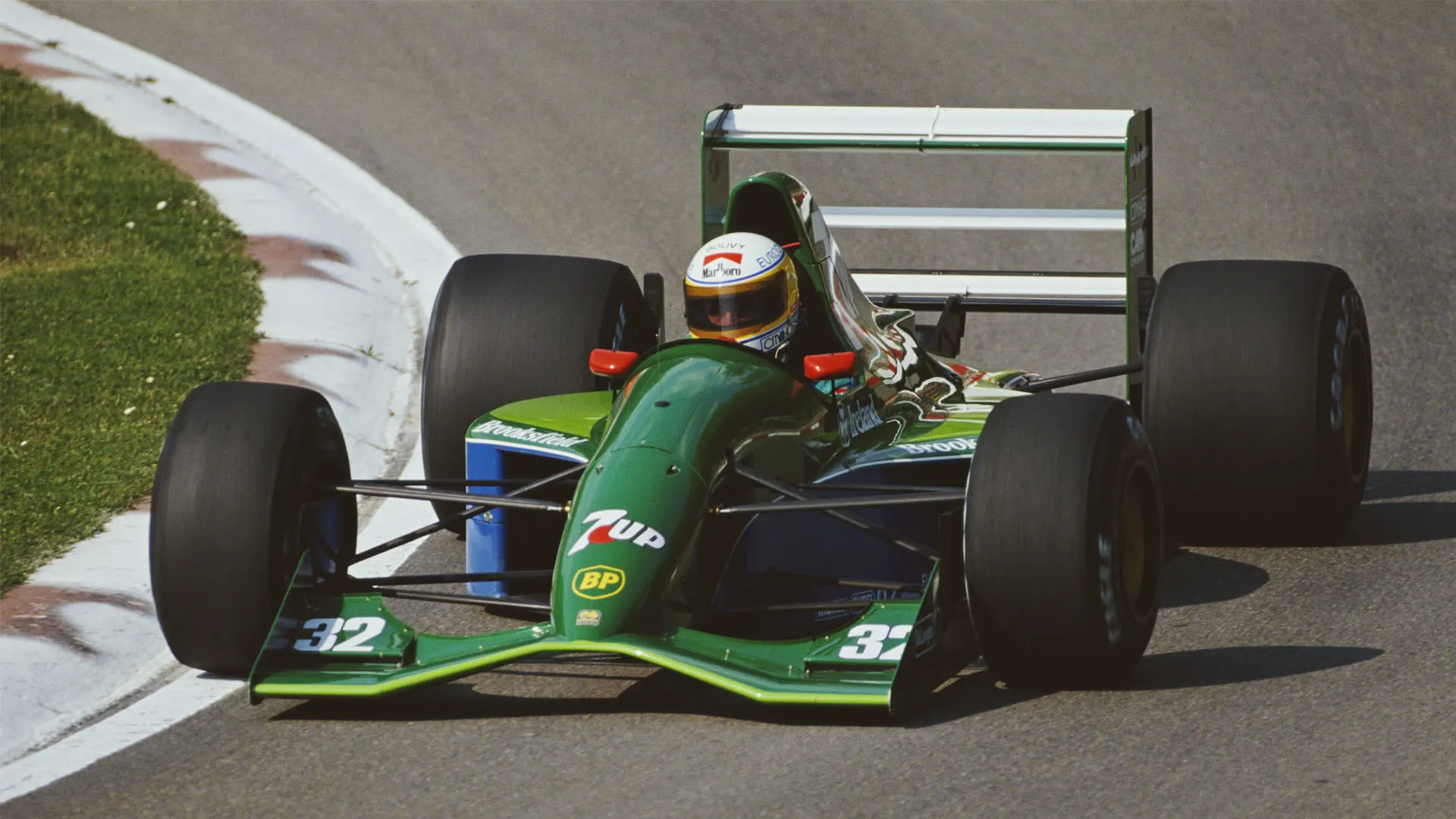
2. Sandbagging
On the other end of the scale from glory running, you have sandbagging, where teams deliberately underperform in testing.
“Sometimes in the team, we’d decide that we didn’t want other people to know where we were in the pecking order,” says Symonds, recalling his time at the likes of Renault and Williams. “And the simplest deception, really, is just hiding your lap times.”
The clever people would do a qualifying simulation in testing with just that little bit extra fuel
There are a number of tricks teams can use to achieve this – but Symonds had two favourites during his career on F1’s frontline.
“The clever people would do a qualifying simulation in testing with just that little bit extra fuel, say around 10 kgs, which is worth about 0.3s,” he says. “And that's where you’d get that sort of, ‘Were they or weren't they?’
“The other thing that we used to do at Renault a lot was to never really do a complete lap flat-out. Particularly in those days when you didn't have all the sector timing during testing, we would split the circuit up into sectors, and drive two of the three sectors flat-out and another one slowly, and then go slow in sector one and quick in two and three, to try and just disguise where we were and yet be able to take the car to its limit.”
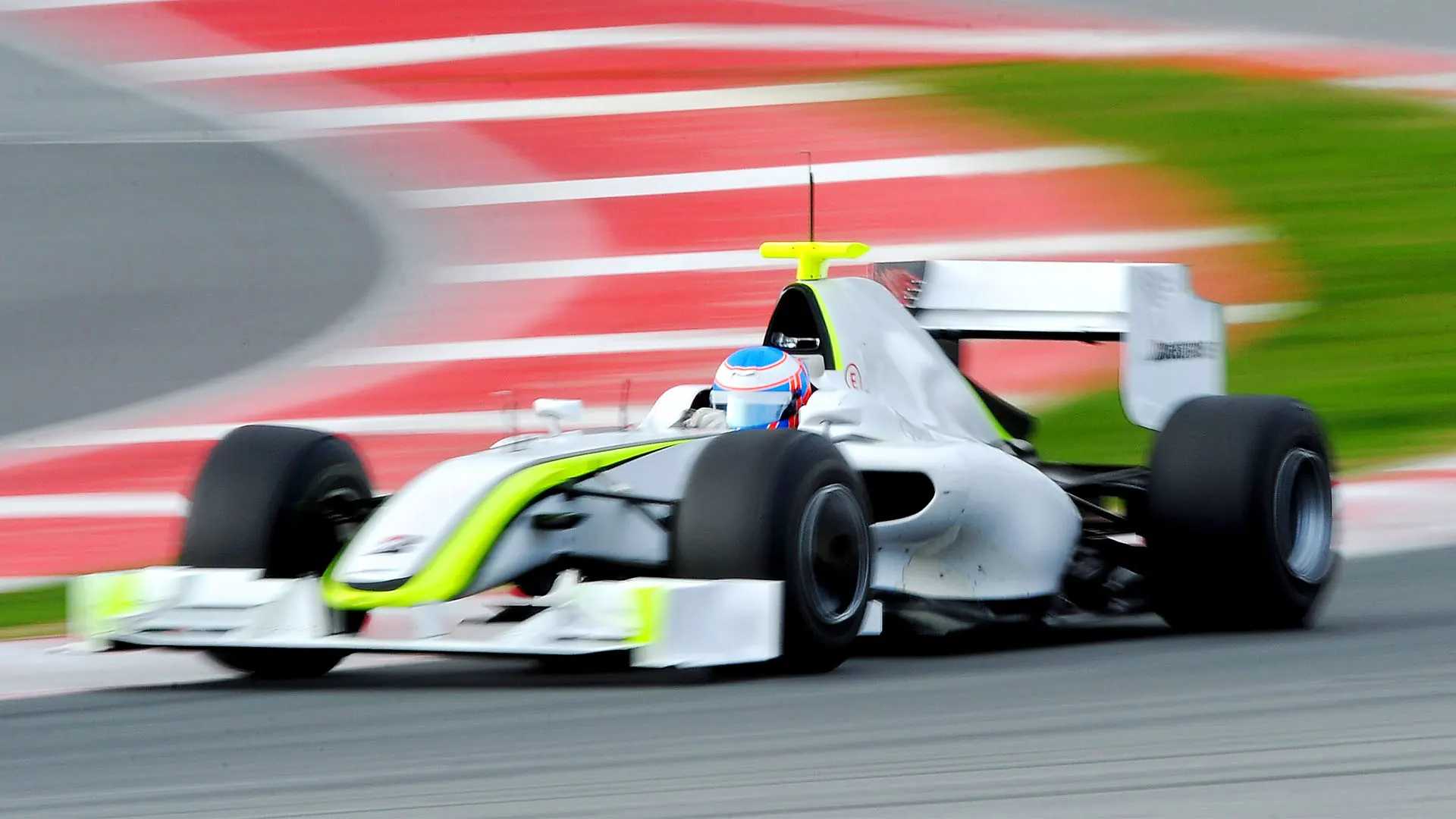
But that begs the question: why would anyone care about hiding their lap times – especially if they were looking quick?
In 2009, the Brawn team had a very good reason. Brawn’s BGP 001 was famously so fast at winter testing at the Circuit de Catalunya that the team looked for ways to slow the car down to avoid an early backlash over the car’s controversial double diffuser system – with little success…
WATCH: Top 10 – F1's cheekiest technical innovations
“As soon as we saw it delivering those lap times,” the team’s then Chief Strategist James Vowles revealed in a recent interview with ESPN, “and that other people were not even close to touching it, we literally tanked it up, put more ballast on and then ran it that way for the rest of the week.
“A lot of people just came to the conclusion that we were doing glory runs, not knowing that actually, we were running every bit of metal we could on the car to slow it down!”
3. Trompe-l'oeil
Red Bull’s 2010 RB6 was the car that would give the team their first ever drivers’ and constructors’ titles. Key to that success was the car’s ‘blown diffuser’ system, a cunningly simple design where the hot exhaust gases from the engine were used to energise the car’s rear wing, providing a juicy chunk of extra downforce.
READ MORE: Can Red Bull be genuine title contenders in 2020?
So, keen to keep their trick exhaust under wraps, Red Bull turned up to 2010 testing in Valencia with a bizarre addition to the RB6’s paintwork: a pair of dummy stickers, one on each side of the engine cover, appearing to show conventionally-placed exhausts and drawing attention away from the real exhaust system lurking lower down on the car. That was an especially important consideration, when rival teams regularly employ spy photographers to snap clever bits on their competitors’ cars...
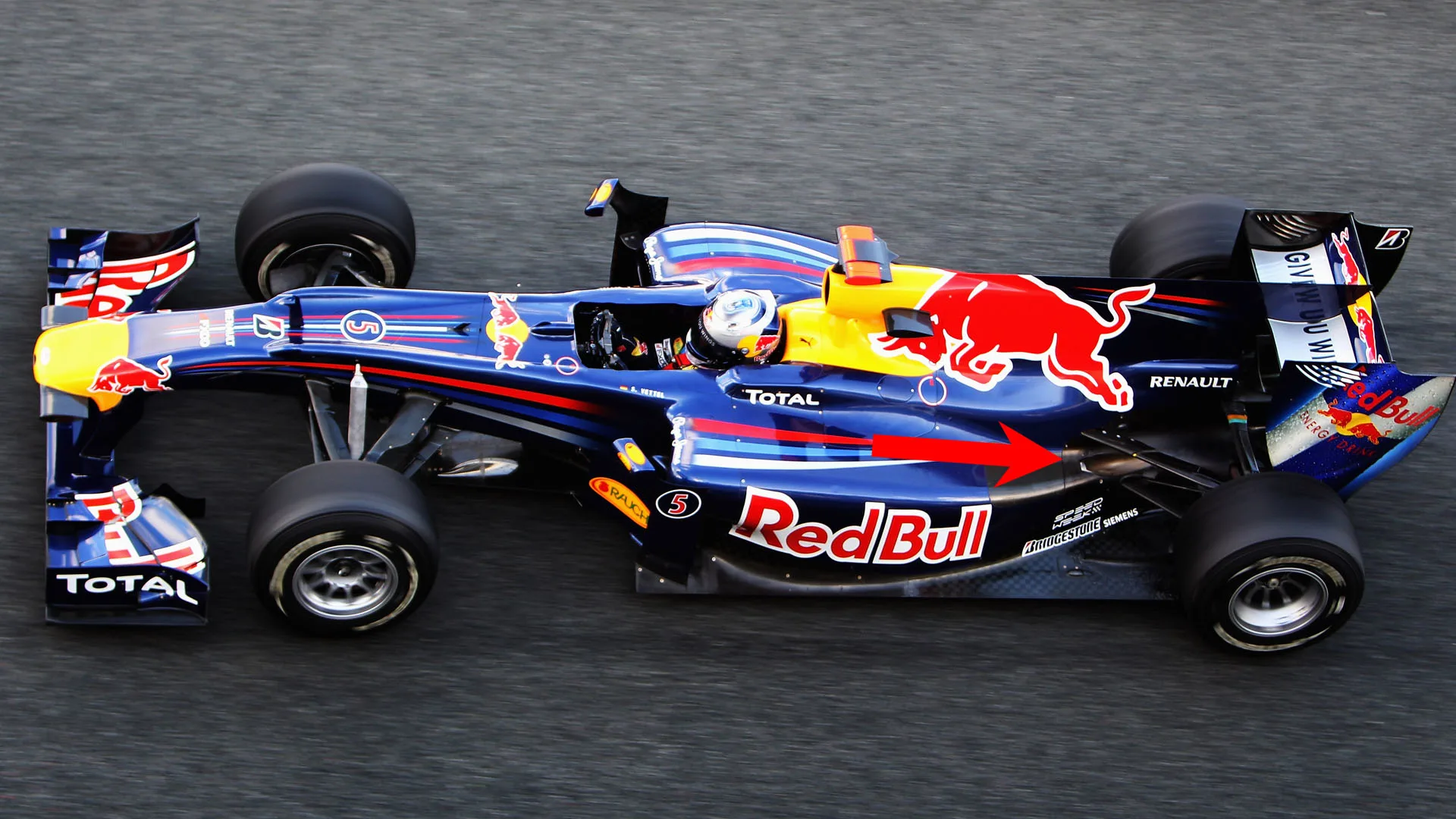
So, exhaust stickers… a stroke of genius, no? Er, no, says Symonds…
“I didn’t think it was genius,” he remembers with a chuckle. “I thought it was quite amusing, and very transparent.
“It was almost a bit of fun, and I don't even think that Red Bull did it particularly seriously because it was reasonably obvious. When the car's first launched, you're on the internet looking at the pictures and you think, ‘Oh, gosh, that's unusual’. So because it's unusual, you go and look at it in the pit lane – and then you say, ‘Oh, okay, now I see!’”
READ MORE: ‘Best looking car of the last 5 years!’ – F1 fans react to new AlphaTauri livery
4. Misdirection
Williams enjoyed a purple patch at the start of the turbo-hybrid era, as they used their class-leading Mercedes power units to finish third in the constructors’ championships in 2014 and 2015. The 2015 FW37 was a particularly rapid car at the start of races (remember Felipe Massa romping into the lead at that year’s British Grand Prix?) – and it turns out that there was a very good reason for that, one which the team went to great lengths to keep secret at the time.
“When I was at Williams, we developed an onboard wheel rim heating device, and it was very sophisticated,” says Symonds. “We ran it for a long, long while, and no one really knew what we were doing.
We actually called it the ‘Default’ device, so we could quite happily talk about it over the radio
“A lot of people couldn't really figure out why, for example, after a Safety Car, or on a first lap particularly, we had really good tyre performance. Well, the reason was our wheels were a lot hotter than anyone else's!”
READ MORE: Watch all of 2020 pre-season testing LIVE on F1 TV
F1 is the most technologically advanced sport on the planet. But while Williams’ method of heating the wheel rims was indeed sophisticated, their method for keeping it under wraps during testing and the races… wasn’t.
“We actually called it the ‘Default’ device,” recalls Symonds. “‘Default’ was a word that meant nothing, so we could quite happily talk over the radio and tell the driver to put it into ‘Default 4’.
“There were also a couple of extra controls in the cockpit that if someone had looked at them, they might have wondered what they were – but even those, we put a label on that said 'Brakes' or something like that, so that people would think they were something other than they were.”
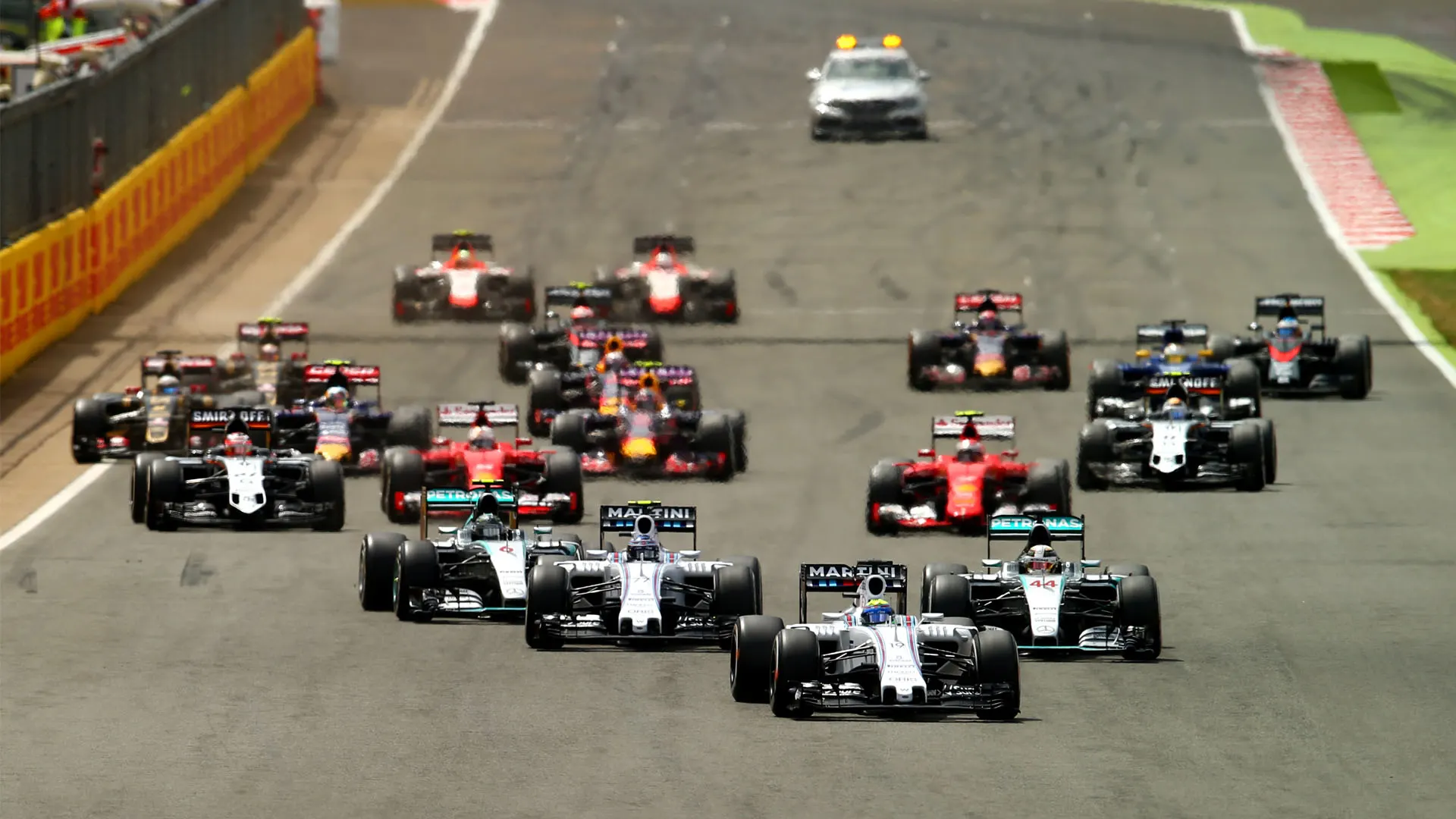
5. Camouflage
Inspiration can come in many forms – and for their 2015 car’s testing livery, Red Bull took a creative lead from World War I battleships’ ‘dazzle paint’ concept to try and conceal the aerodynamic lines of that year’s RB11.
The car certainly looked cool. But while dazzle paint on battleships was used to play tricks with the enemy’s mind in the bounding waves of the mid-Atlantic, the ruse wasn’t quite so effective around Jerez – not that Symonds thinks it mattered much.
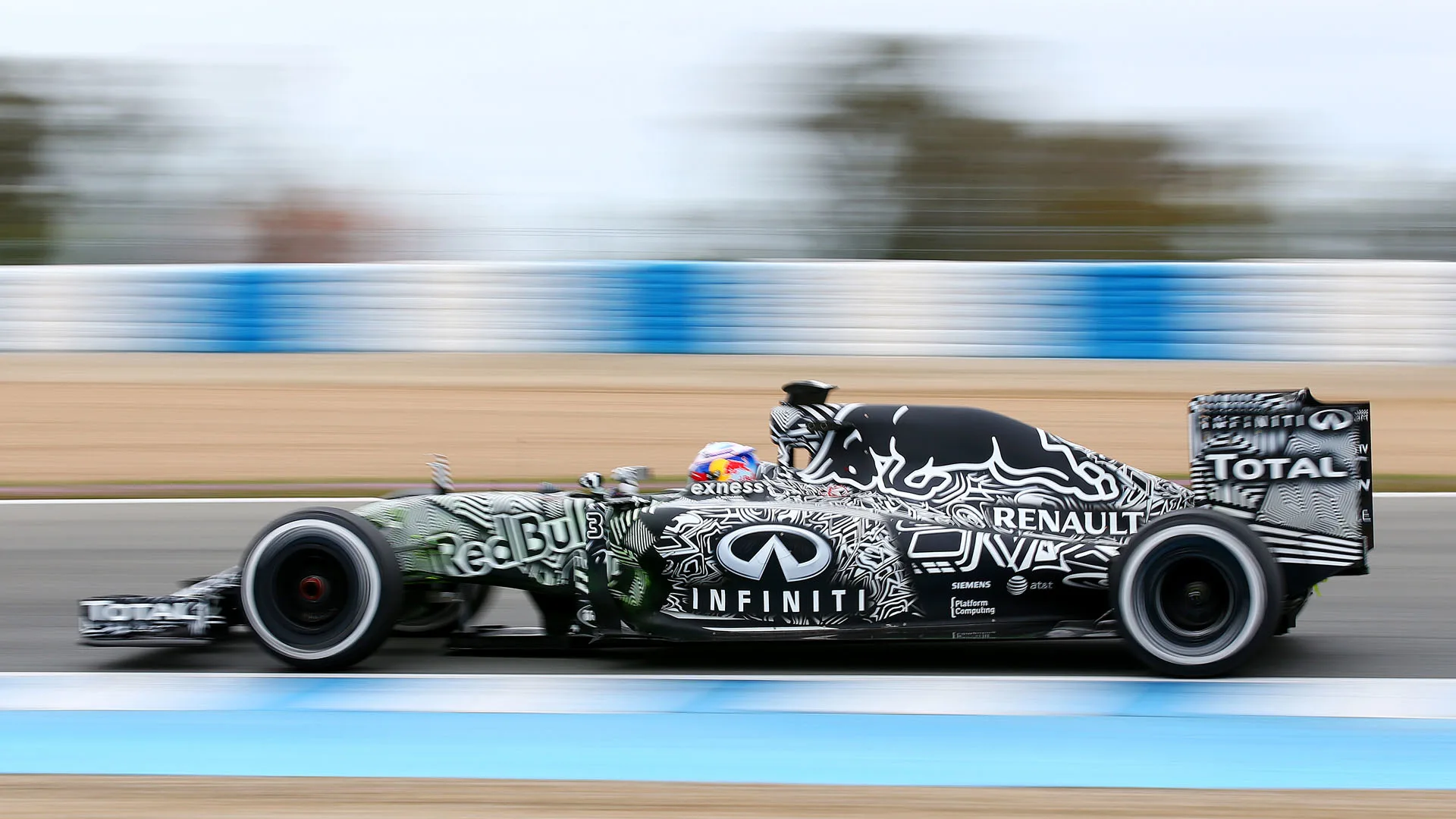
“Red Bull are clever,” he says. “They got loads of publicity from doing this, and that's probably far more important than actually disguising some little detail from some bloke who's probably going to look at it anyway.
“In F1, we don't go to the level of taking stereoscopic photographs and measuring from them and things like that,” he adds. “So as a deception, for me, the dazzle paint didn’t really work.”
WATCH: New Mercedes feels ‘great’ says Hamilton after first run in W11
6. Hidden drivers
There have been occasions over the years where it was the drivers’ identities, rather than any clever bits on the cars, that the teams wanted to keep under wraps…
When Peter Sauber tested a contract-less 20-year-old sensation by the name of Kimi Raikkonen at Mugello in 2000, he was so paranoid about rivals Ferrari and McLaren – also present at the test – swooping in and signing up the Finn that Raikkonen was given a very fitting internal nickname.
“Within the team, we knew he was special,” Sauber’s then-Technical Director Willy Rampf recounted to F1.com recently. “We had to find a name for the driver to keep his identity a secret. We could not say ‘this is Kimi Raikkonen’ when we were referring to him for things like the seat fit, so we called him ‘Eskimo’.”
READ MORE: The inside story of Kimi Raikkonen's legendary first F1 test
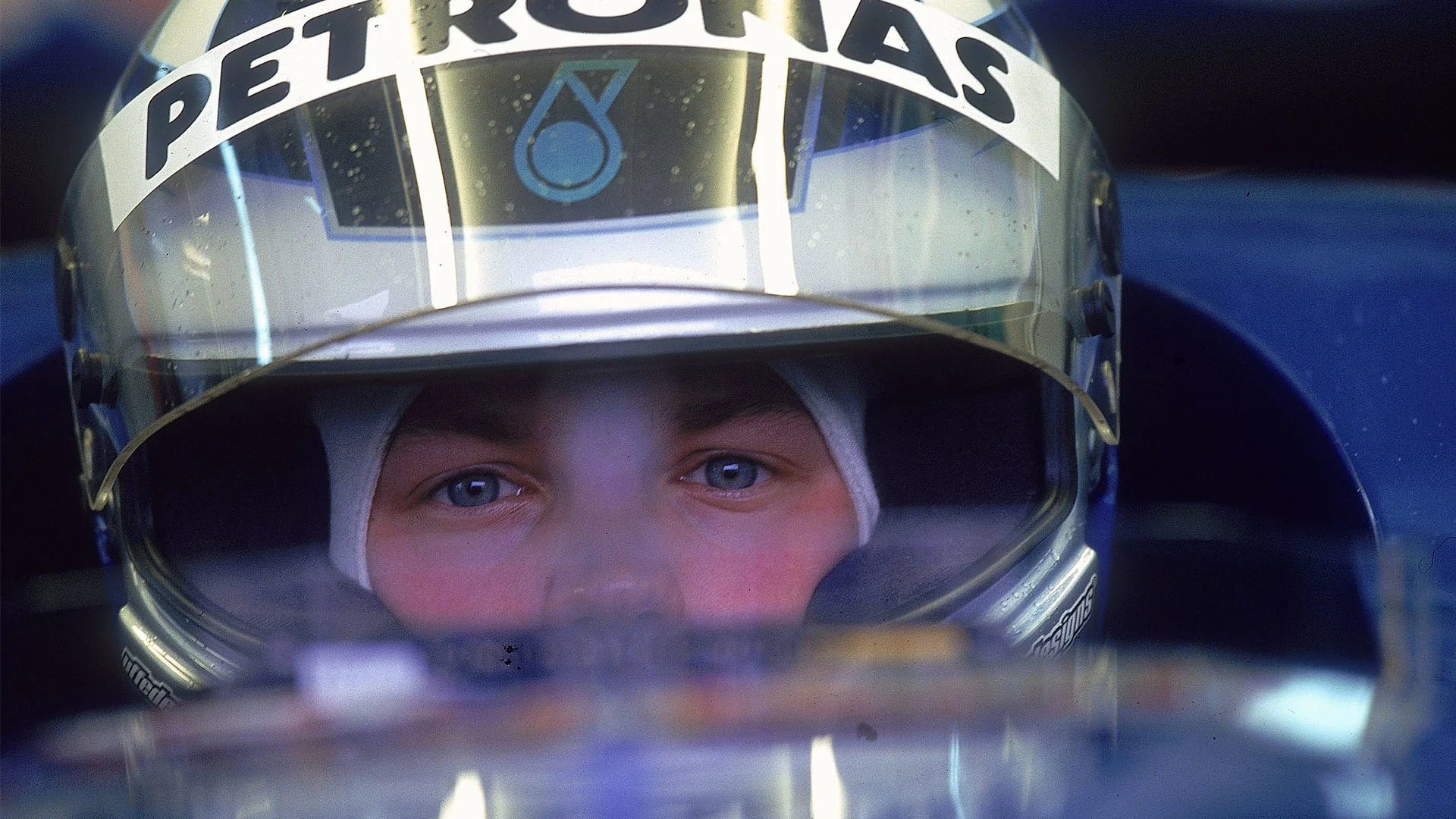
Meanwhile, back in 1992, photographers snapped away as Erik Comas tested his Ligier at Paul Ricard… only, it wasn’t Erik Comas. Trying to evaluate on the down-low whether he fancied a return to F1 with Ligier in 1992, Alain Prost had donned Comas’ helmet and a set of white overalls to try out the blue and white machine, keeping the helmet on and visor down even when the car stopped out on track. But when the photographers got home and developed their shots, there was no mistaking The Professor’s distinctive physiognomy…
7. ‘Woe is us’
To finish this list with another Sun Tzu quote, if you want to mess with your enemies’ heads, “appear weak when you are strong – and strong when you are weak”. It’s an approach that has served Mercedes well in the past few seasons – and one which was particularly in evidence in 2019 pre-season testing when, on paper at least, it appeared that Ferrari had them beat.
“We’ve got a hill to climb,” said an apparently distrait Lewis Hamilton during the test, estimating that the Scuderia had upwards of half a second advantage over Mercedes. “This is going to be the toughest battle yet… Their pace is very, very good at the moment, so the challenge is going to be harder than ever.”
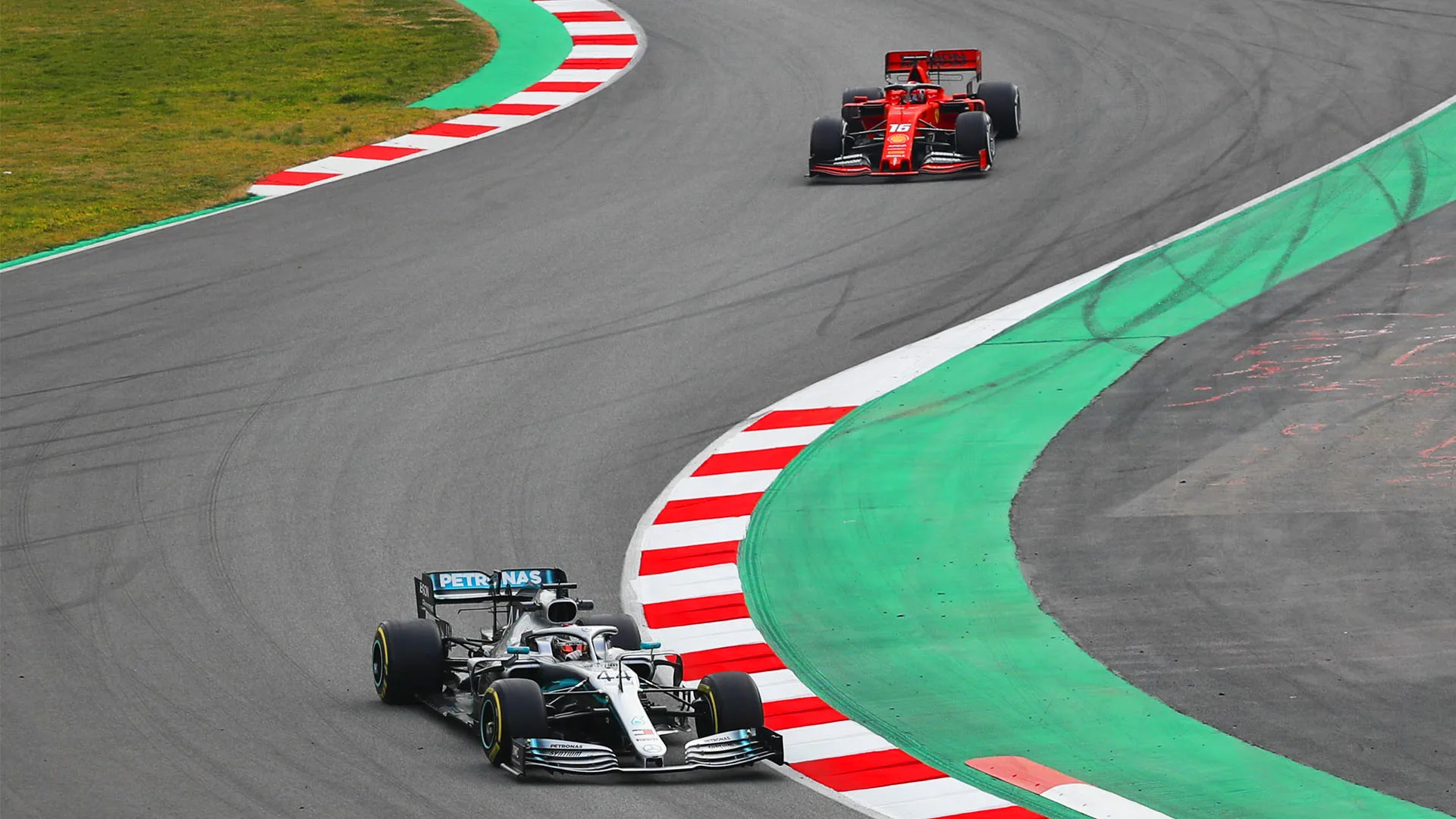
Ten pole positions, 15 race wins and another pair of championships later, it appeared that Mercedes’ hill – if it had ever existed – had been well and truly climbed. But if fans had been fooled by Mercedes’ performance, old hands like Symonds saw through the pantomime…
“A lot of people think testing is about performance – but performance is actually baked into the car,” he says. “Testing is really about systems, and if I dug out one of my old checklists, you'd be amazed at the number of things you had to go through to sign it off…
“So if you go through all those sign-off phases, and you never actually get around to setting a fast lap, then there's no harm in saying, ‘Oh, gosh, we’re in trouble’…”
So when you’re watching pre-season testing this year, make sure to keep your wits about you. Not everything you see or hear from the teams will be quite what it seems…
Next Up
Related Articles
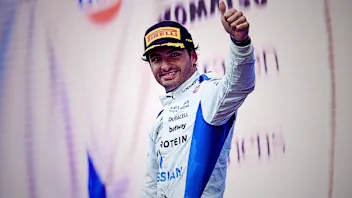 ExclusiveWhy Sainz feels ‘vindicated’ after his first Williams year
ExclusiveWhy Sainz feels ‘vindicated’ after his first Williams year ExclusiveHow Norris made his school teachers ‘enormously proud’
ExclusiveHow Norris made his school teachers ‘enormously proud’.webp) Winners & Losers5 Winners and 5 Losers from the 2025 season
Winners & Losers5 Winners and 5 Losers from the 2025 season.webp) End Of Year Reports 2025Aston Martin’s best and worst moments from 2025
End Of Year Reports 2025Aston Martin’s best and worst moments from 2025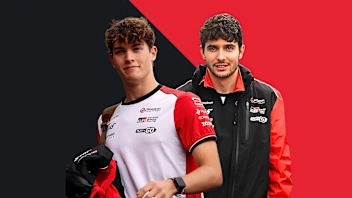 End Of Year Reports 2025Haas’ best and worst moments from 2025
End Of Year Reports 2025Haas’ best and worst moments from 2025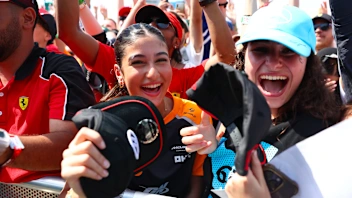 Formula 1’s record-breaking 2025 season in numbers
Formula 1’s record-breaking 2025 season in numbers

